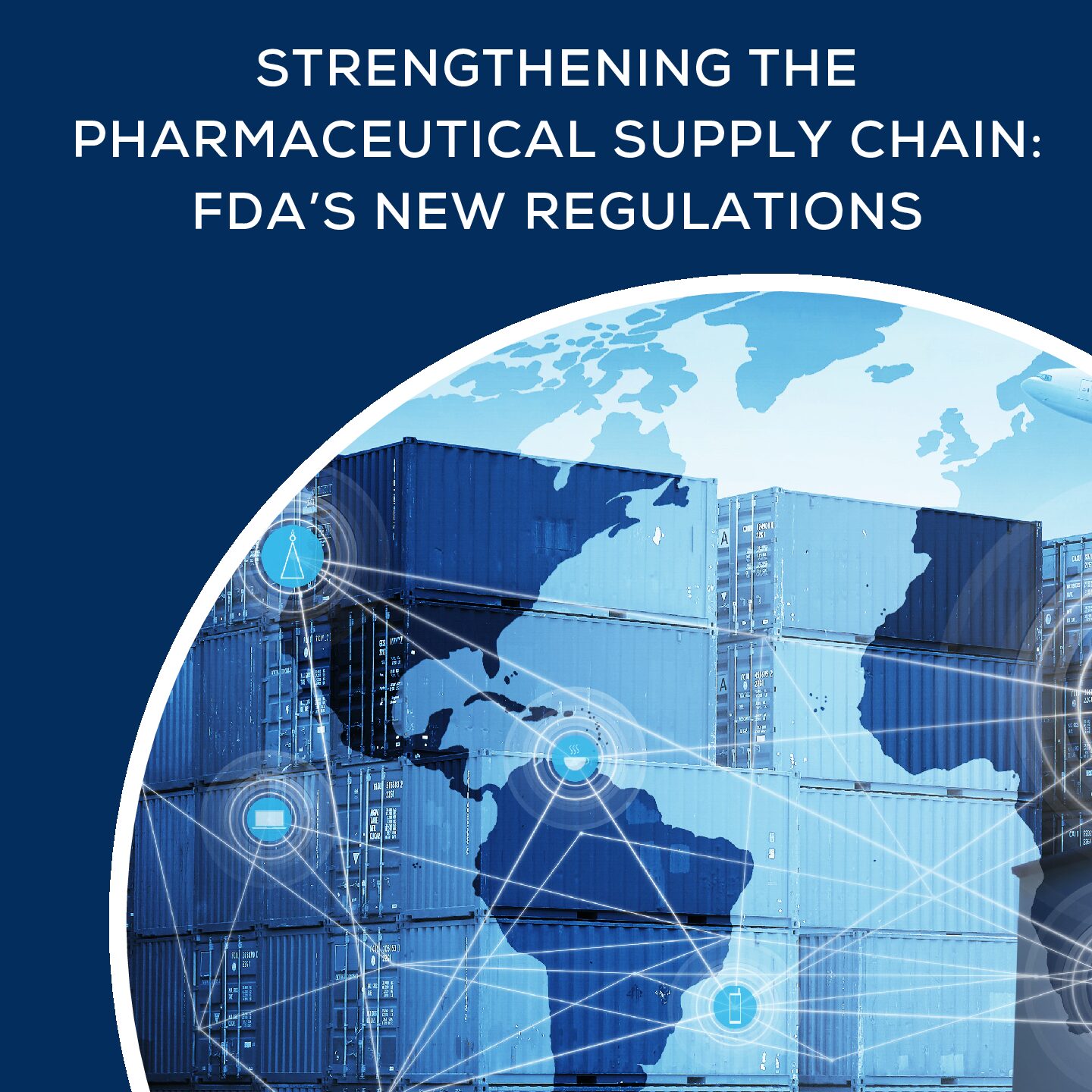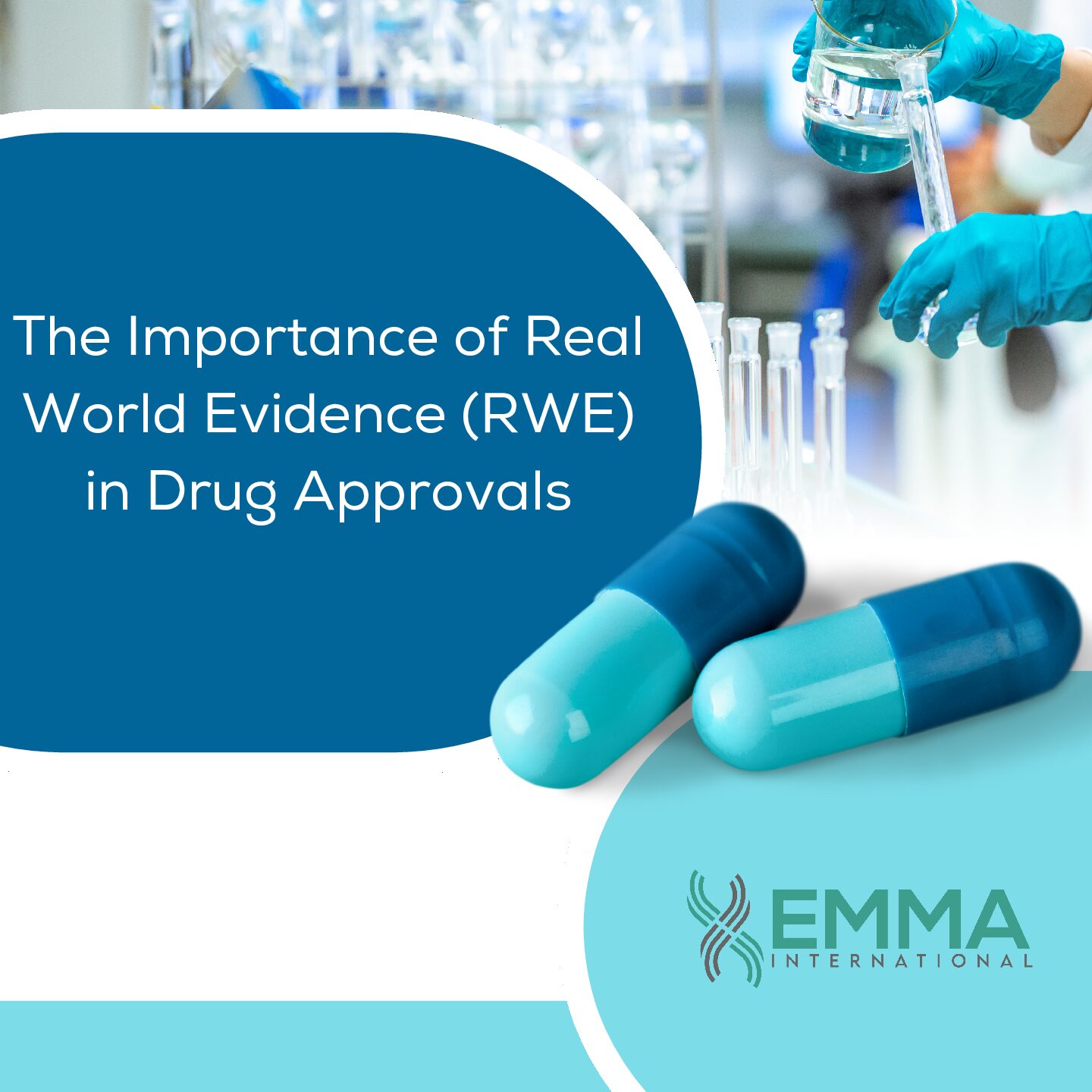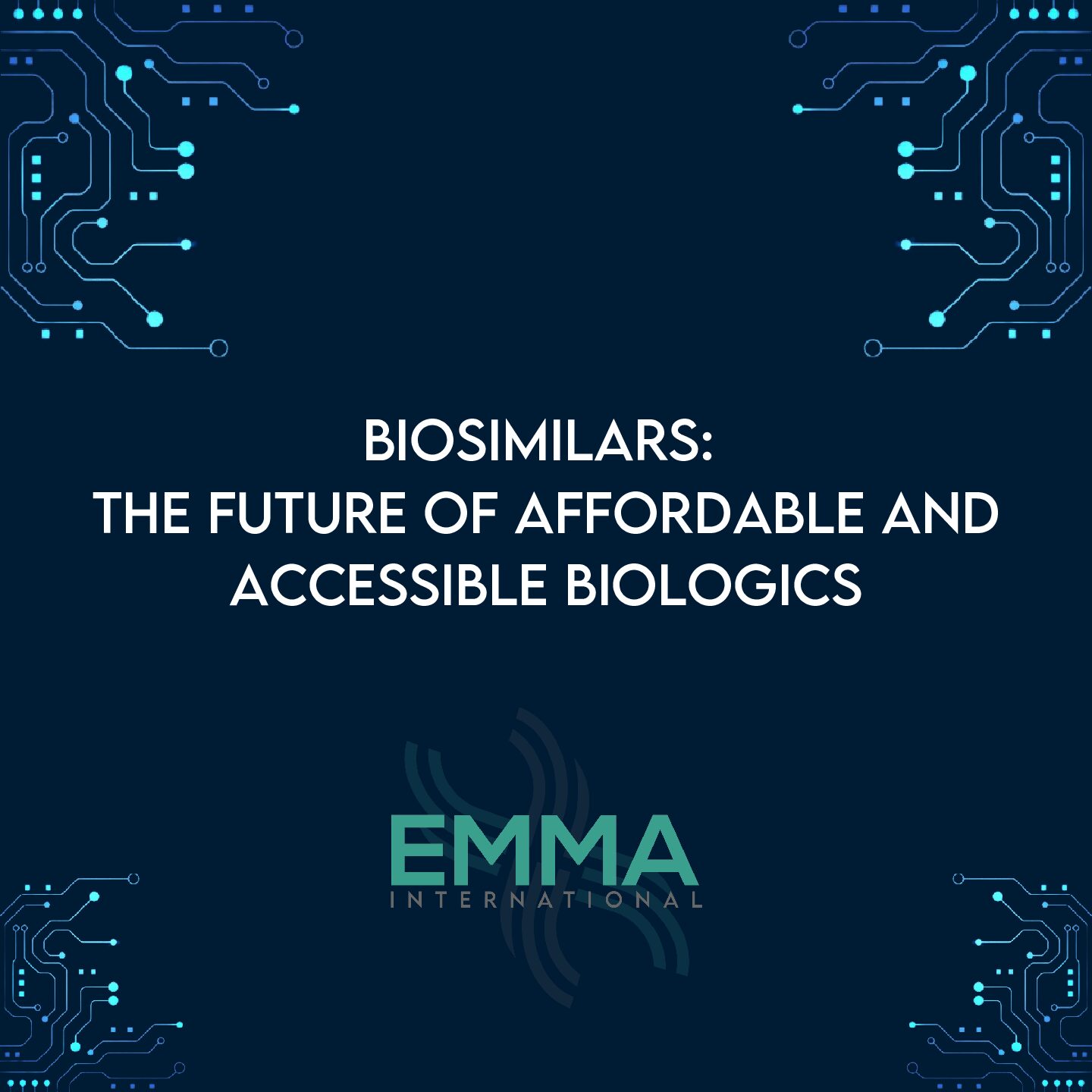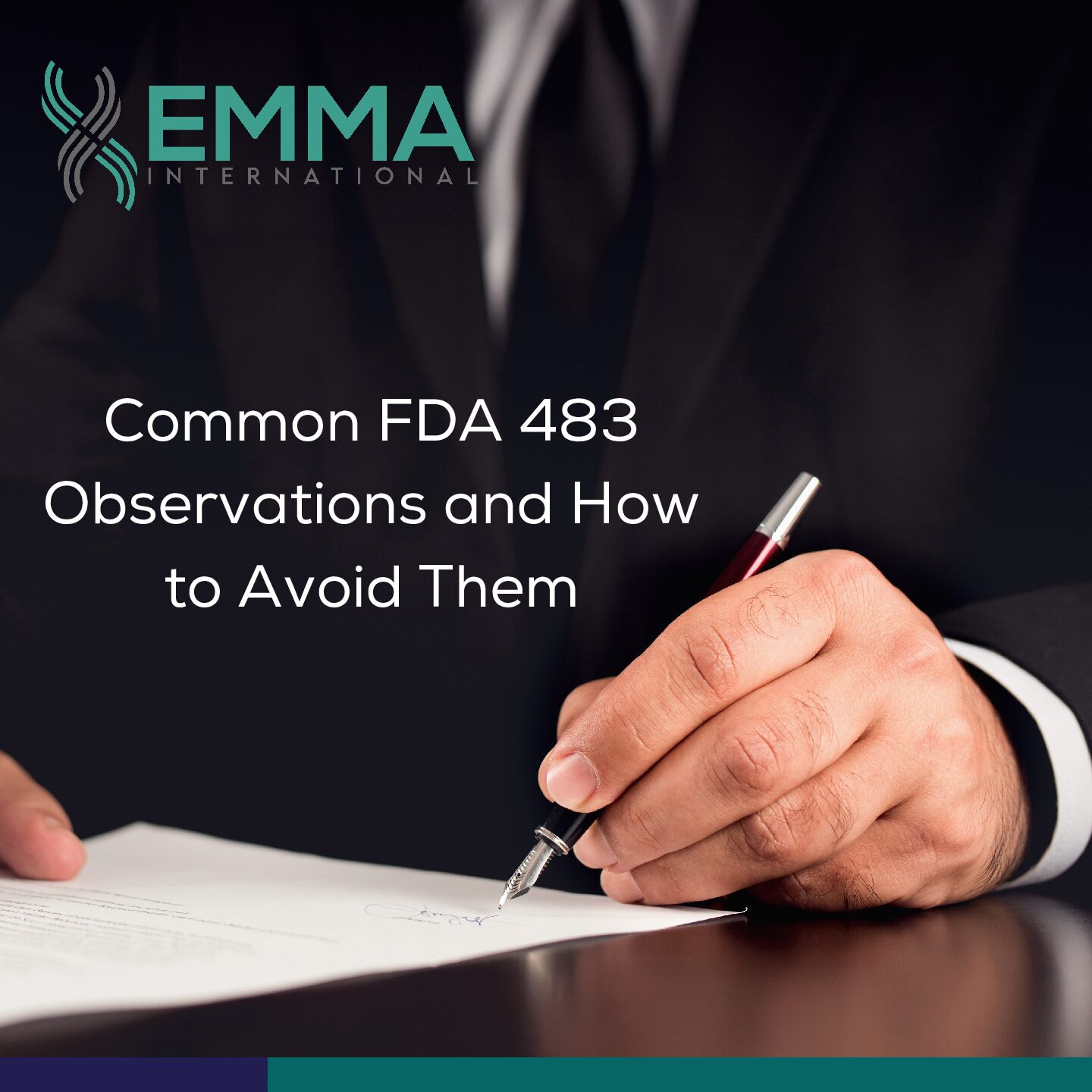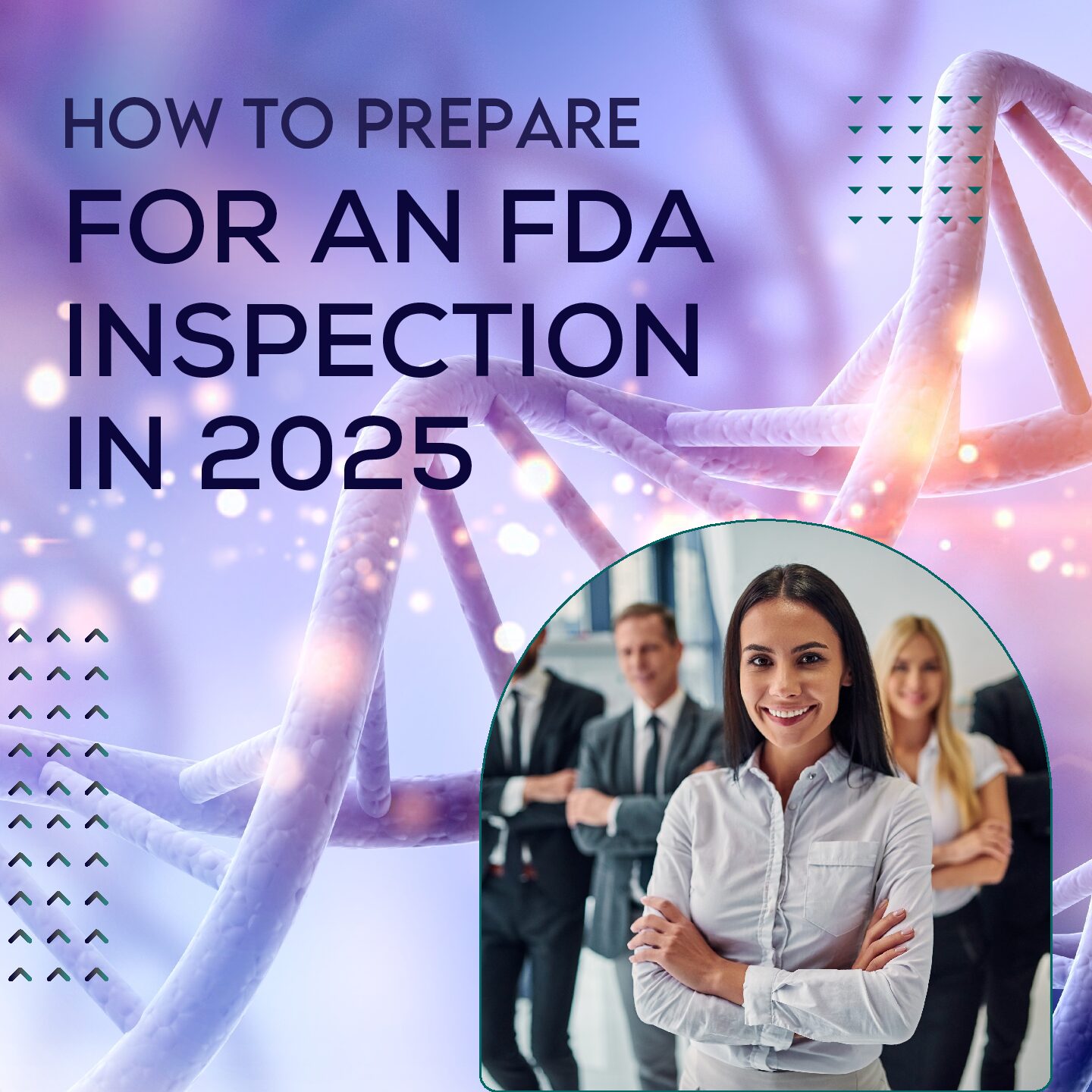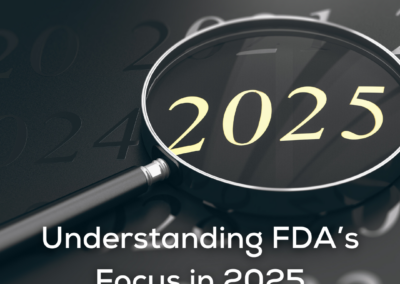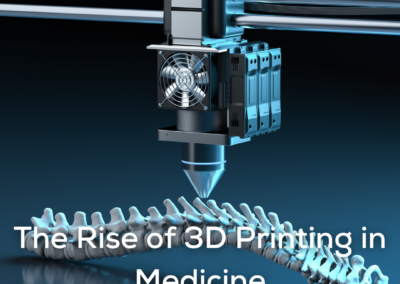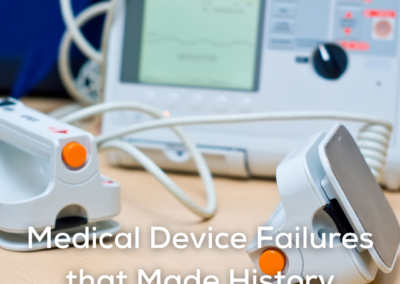Artificial Intelligence (AI) is rapidly reshaping the pharmaceutical, medical device, and healthcare sectors, ...
Global supply chain disruptions in recent years have exposed vulnerabilities in pharmaceutical manufacturing and ...
The pharmaceutical industry is continuously evolving, and with it, regulatory agencies are embracing new ...
As the demand for cost-effective biologic therapies continues to grow, biosimilars have emerged as a critical ...
Receiving an FDA Form 483 is a serious concern for pharmaceutical, medical device, and biotech companies. Issued ...
FDA inspections are a critical part of regulatory compliance for pharmaceutical, medical device, and biotech ...
The regulatory landscape is evolving, and artificial intelligence is becoming an increasingly prominent player in ...
The Biotech Boom and Its Compliance Challenges
Biotech is experiencing an unprecedented boom, with billions of ...
The FDA is continuously evolving its regulatory priorities to keep pace with technological advancements, patient ...
3D printing has already transformed industries from aerospace to manufacturing, but its most groundbreaking ...
The High Stakes of Medical Device Failures
Medical devices have revolutionized healthcare, saving and improving ...
Lab-grown meat has been making headlines as a sustainable alternative to traditional animal products. Beyond food, ...

